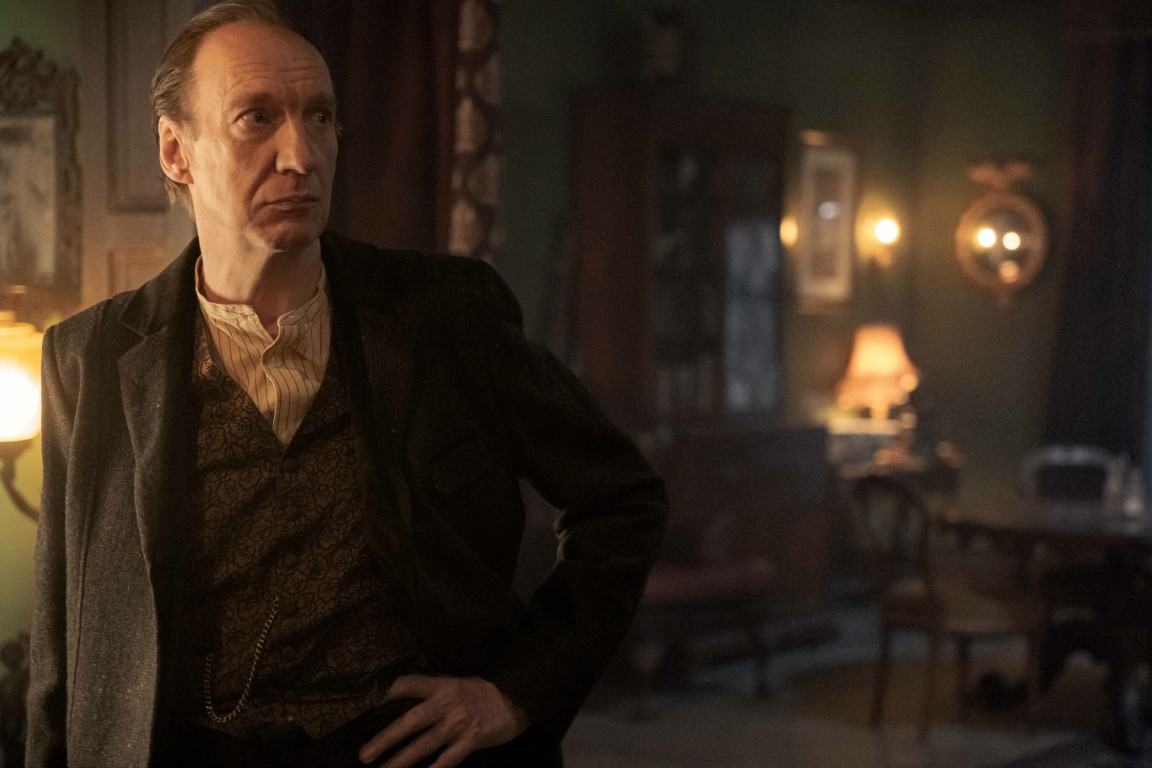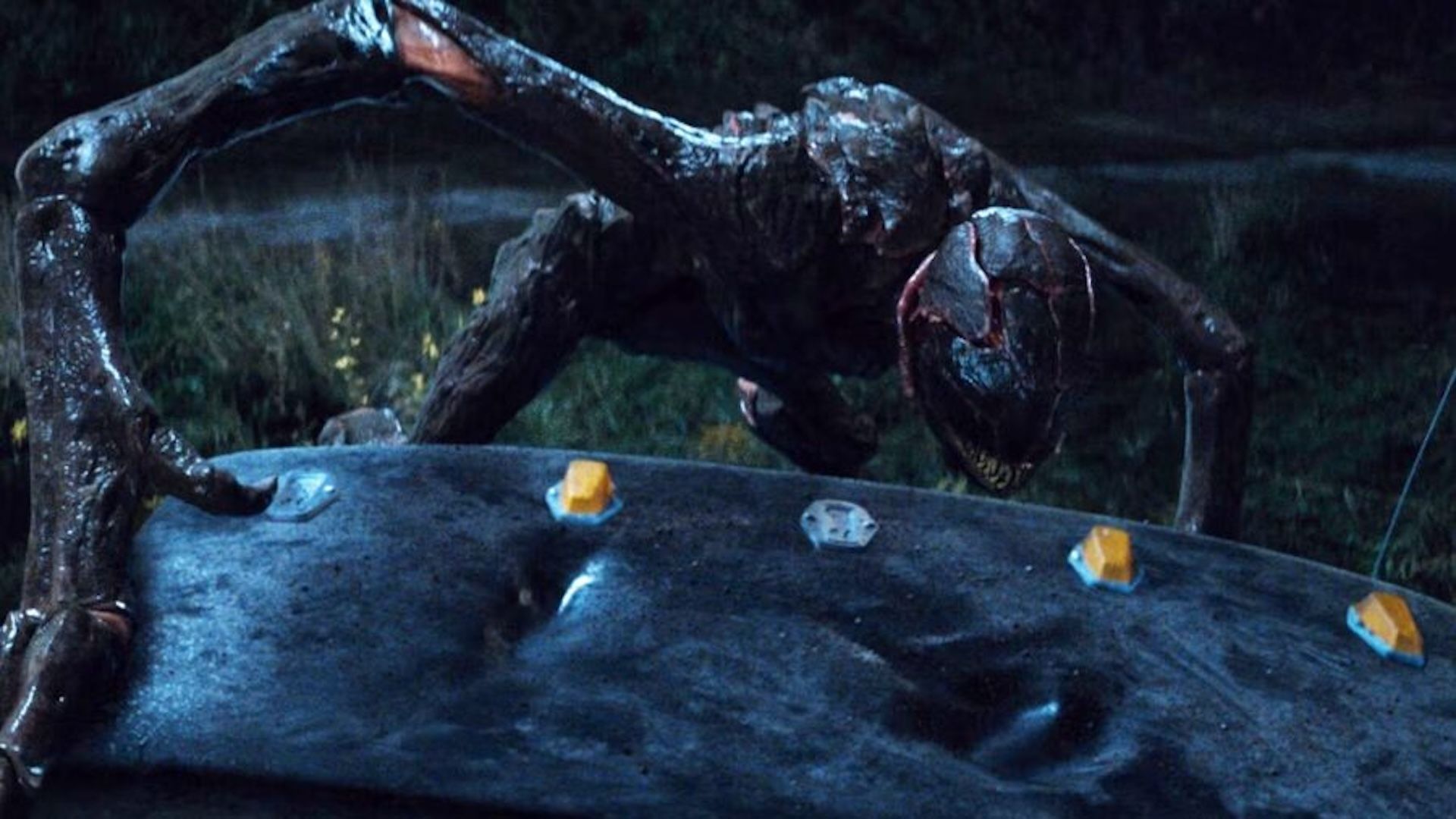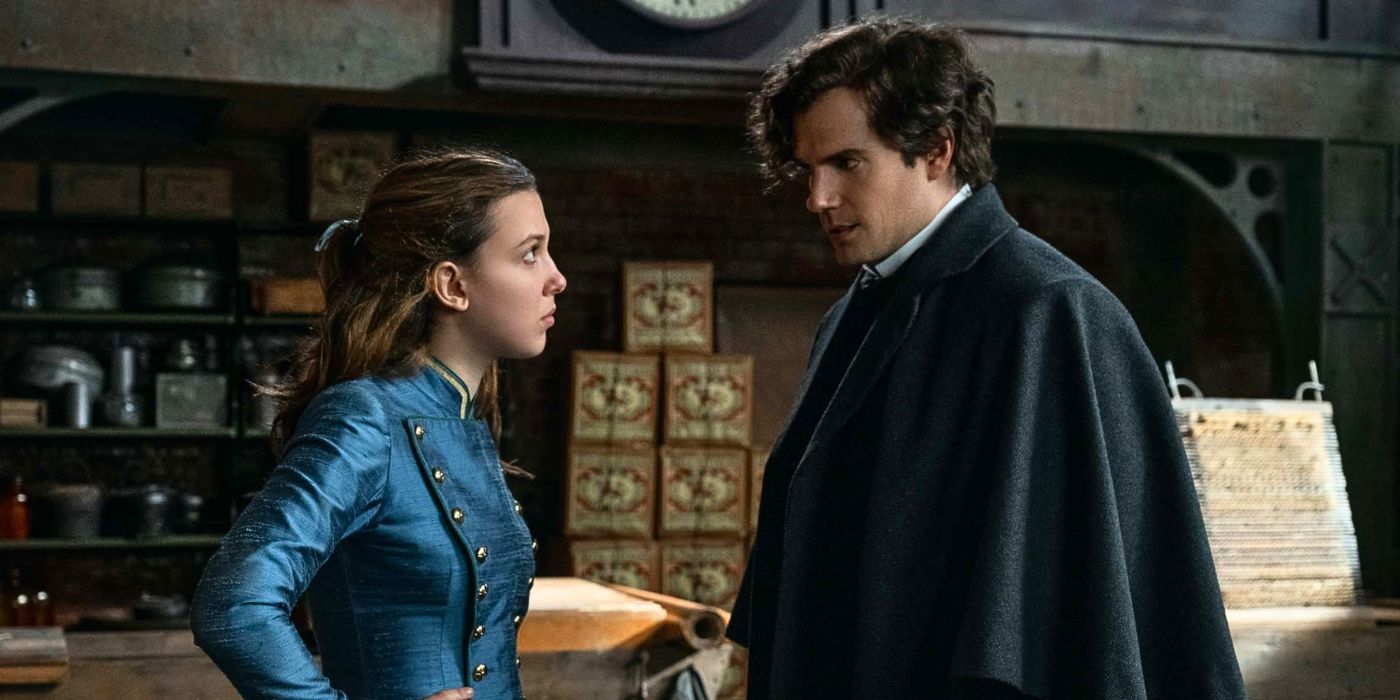As in Mills’ excellent earlier features “Beginners” and “20th Century Women,” the real driving narratives of our stories are the people in our lives: the ones we love, the ones we argue with, the ones we rebel against, the ones we disappoint, and the ones we run to for comfort. In “C’mon C’mon,” Johnny comes to the aid of his semi-estranged sister Viv (Gaby Hoffmann) when she needs to go to Northern California to help her mentally ill husband, Paul (Scoot McNairy), seek treatment. A shared background of pain and words they couldn’t take back had separated the two siblings after their mother’s death. Now, Viv asks Johnny to step in to take care of her precocious son, Jesse (Woody Norman), in Los Angeles. Thrust into a full-time caretaking role for his nephew, Johnny gains a new appreciation of the world, how difficult it is to be a parent and the many moments of joy and frustration that come with it.
Written and directed by Mills, “C’mon C’mon” explores the new dynamic in Johnny’s life with heartfelt earnestness. He is trying to make the best of a tough situation, trying to shield Jesse from the harsher realities of his father’s illness and trying to work with his nephew’s many quirks. Norman may occasionally steal the show with his antics, but it’s Phoenix’s vulnerable performance that grounds the movie. “C’mon C’mon” follows both the sweet moments of connection and understanding between the two as well as their missteps, like when Jesse briefly disappears from view in a store and throws Johnny into a panic. The uninitiated uncle freaks out when he finally finds Jesse, which only causes the boy to withdraw further. It’s an honest mistake yet painfully relatable. The next scene involves Viv coaching her brother through the forgiveness process and trying to regain Jesse’s trust in Johnny. Relationships are all messy experiments, and the process of trial and error begins even before we fully understand their results.
On the subject of experimentation, Mills takes a bit of a departure from his previous features and shoots “C’mon C’mon” entirely in black and white. It’s a striking choice, casting the everyday highs and lows of parenting and caregiving under this cinematic prism, something that feels both timeless (growing up and facing reality) yet still very much a product of its moment in history (audio storytelling in the age of “This American Life”). The cinematography is not sharply contrasted, so it allows for much more grey tones on-screen, a perfect landscape for characters still making sense of their new reality. Mills and his cinematographer Robbie Ryan also make a subtle LA vs. NYC visual comparison, showing the sunlit sidewalks and bungalows of Los Angeles opposite the crowded buildings and grimy spirit of New York City. Even in the romantic glow of black-and-white cinematography, these two locations are their own characters. Thanks to the nature of Johnny’s gig, the movie also makes trips to Detroit and New Orleans, showing that they too can be shown in this light. There’s a heightened level of attention to background and setting, be it a bustling downtown, a house full of memories, or the far reaching branches of an old oak tree, that creates these evocative backdrops to echo the human characters’ emotions in that scene.
You can view the original article HERE.





























